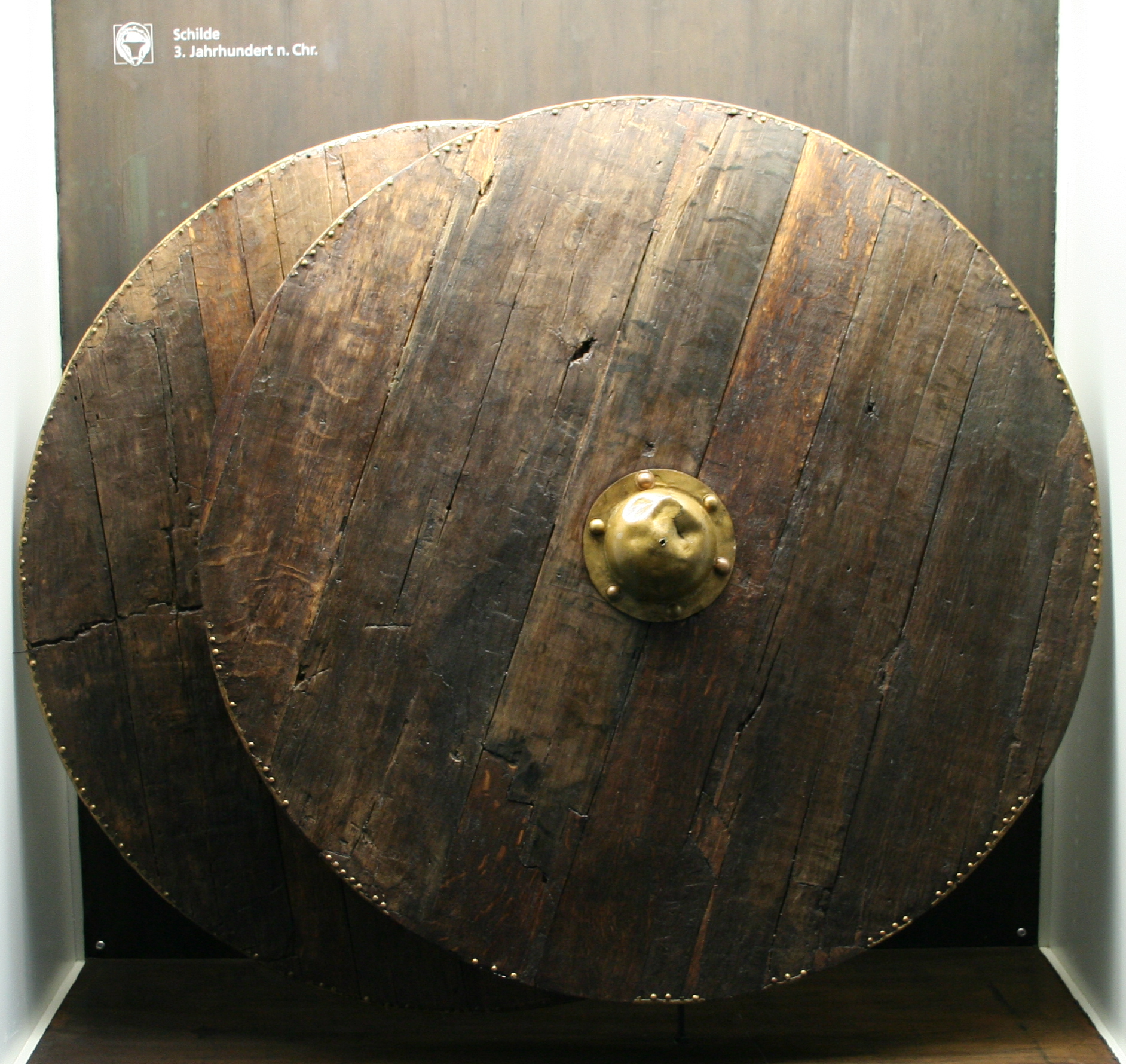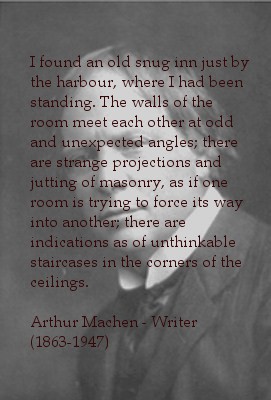By CHRIS CORNER.
Click on the pictures for larger versions.
Unusually for a town on the east coast of England, Whitby faces north and looks out to sea. In Midsummer the sun rises from and sets in the sea. Whitbyites know the hill overlooking the town from the west as Skelder. The A171 moor road to Guisborough passes over its summit and, when traveling home across the moors, that is the point at which one re-enters familiar local territory. The entire Whitby district suddenly opens out below. To go 'up Skelder' or 'down Skelder' is a phrase familiar to Whitby ears. The charismatic presence of the ruined abbey on the headland under which the town nestles means many residents and tourists hardly give Skelder a second glance but the hill looms ever-present like a monumental flattened ziggurat.
As with all three steep routes in and out of the town, surrounded as we are by high heather moorland on one side and the North Sea on the other, the road over Skelder can become hazardous in winter fog, sleet, ice and snow. In the distant past, the difficult terrain meant land travel was minimal in winter and the roads were only made suitable for horse-drawn coaches by the eighteenth century. In blizzard conditions the coast road through East Cleveland is more likely to be taken for an essential journey north. Before relatively recent road improvements, even this route involved a convoluted path and the negotiation of a mile of beach before ascending Lythe Bank and the high snow-blown fields towards Mickleby. The road south to York via Blue Bank was equally daunting. As a consequence, Whitby had to be self-sufficient for a few months of the year. Access to the sea helped - the Whitby district resembled an island in Orkney as much as it did a typical English east coast seaport.
Nowadays, on sunny mornings Skelder often wears a glinting necklace of bumper-to-bumper tourist traffic, snaking slowly downhill. By evening streams of red tail lights crawl back up and over it. However, even now a dusting of snow can reduce traffic. A resident returning home across the moors sees the welcome landscape of the abbey and the red-roofed town huddled far below in isolation on the sea's edge. Like an astronaut getting misty-eyed from seeing the 'blue marble' that is Earth - from Skelder one's friends, family and foes can be imagined going about their business in Skelder's shadow.
It brings to mind the description of the view that greeted Grendel, the monster from the Anglo-Saxon epic poem, Beowulf, as he skulked high on the moor's edge, looking down malevolently on Heorot.
 |
| Skelder, August 2016. Looking west from Green Lane allotments, Whitby |
Nowadays, on sunny mornings Skelder often wears a glinting necklace of bumper-to-bumper tourist traffic, snaking slowly downhill. By evening streams of red tail lights crawl back up and over it. However, even now a dusting of snow can reduce traffic. A resident returning home across the moors sees the welcome landscape of the abbey and the red-roofed town huddled far below in isolation on the sea's edge. Like an astronaut getting misty-eyed from seeing the 'blue marble' that is Earth - from Skelder one's friends, family and foes can be imagined going about their business in Skelder's shadow.
It brings to mind the description of the view that greeted Grendel, the monster from the Anglo-Saxon epic poem, Beowulf, as he skulked high on the moor's edge, looking down malevolently on Heorot.
 |
| Text from Seamus Heaney's Beowulf: A New Translation. Painting by me, (oil) 2017. |
When viewed from the East Side of the Esk, particularly on Whitby Abbey Headland, the hill of Skelder looks like a massive ancient round war shield lying flat on the moors. That similarity was evidently noticed centuries ago, Skelder is Old Norse for shield - skjoldur. There is a street named Skeldergate in York - a 'shield-maker's street', or perhaps simply 'shield street' - deriving from 'skjoldur' and 'gata' for street. It is as if Whitby's shield-hill has been left there by a mythical giant, like North Yorkshire's own enormous flying troubleshooter, Wade.
 |
| Looking east towards Whitby Abbey from on top of Swarth Howe. October 2017. |
Skelder's peak, topped by an ancient burial mound known as Swarth Howe, or Swarthoue, is the' boss' of the shield. 'Swart' is Old English/Old Norse, meaning black/dark/infamous. The related word, swarth, means rind/skin/grassy outer coverings. The name could be simply describing the large bowl-shaped grassy mound. A 'howe' is a local Anglo-Scandinavian dialect word for burial mound, derived from the Old Norse, haugr. Prehistoric standing stones and rock art are also found in the vicinity. The northern margins of the North York Moors are dotted with Bronze Age tumuli, houses of the ancestors close to the sky - watching over the living in the dales below. This hill, being the highest point on northern margin of the Esk valley at 264m, is the prime spot for an ancient burial of importance.

Clearly, Skelder's gigantic size and shield-like shape would make it a key landmark familiar to ancient townspeople and passing seafarers. When viewed from Whitby, Swarth Howe, the boss, appears to sit on a landscaped terrace, or platform, similar to Danby Beacon. Seen from Skelder Road, west of Newholm, this stepped summit, facing Whitby Abbey, looks remarkably symmetrical, although the forest and gorse hides a lot of the land's contours. Skelder is a 'node' (thanks Gavin) that dominates the Whitby area's skyline and is visible through 360 degrees from land and sea. Photographs rarely do justice to its weighty presence in the landscape, the lens seems to diminish it. Skelder is a shield but sometimes an unpredictable and inconvenient obstacle. Long before GPS and weather forecasting, it was consulted before journeys - a prognosticator. Clouds brush across it and the sun sets behind it in winter. Snow lingers long after the sea salt air has thawed the town a few miles further downhill.
Clearly, Skelder's gigantic size and shield-like shape would make it a key landmark familiar to ancient townspeople and passing seafarers. When viewed from Whitby, Swarth Howe, the boss, appears to sit on a landscaped terrace, or platform, similar to Danby Beacon. Seen from Skelder Road, west of Newholm, this stepped summit, facing Whitby Abbey, looks remarkably symmetrical, although the forest and gorse hides a lot of the land's contours. Skelder is a 'node' (thanks Gavin) that dominates the Whitby area's skyline and is visible through 360 degrees from land and sea. Photographs rarely do justice to its weighty presence in the landscape, the lens seems to diminish it. Skelder is a shield but sometimes an unpredictable and inconvenient obstacle. Long before GPS and weather forecasting, it was consulted before journeys - a prognosticator. Clouds brush across it and the sun sets behind it in winter. Snow lingers long after the sea salt air has thawed the town a few miles further downhill.
Originally published on 13:06:17 in the blog




















